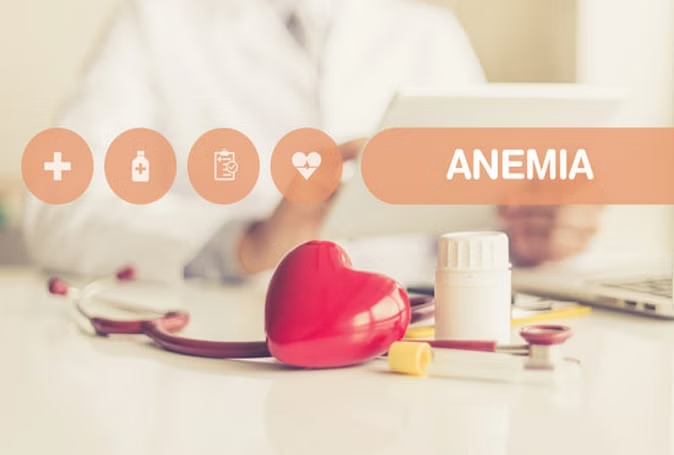Indian women have been seen to be at increased risk of several health problems over time, the risk of anemia being one of them. Expressing concern, health experts said that more than half of the women in India are victims of anemia. The prevalence of anemia among Indian women was 54% in 2015-2016, which increased to 59% in 2019-2020. The worrying thing is that most women do not even know that they are victims of anemia.

Anemia is the condition of a low number of red blood cells or hemoglobin (Hb) in the body. According to government data, 57% of women aged 15-49 years and 67% of children between six months and 59 months in India are at risk of this serious health problem. Timely identification and treatment of its symptoms is important, otherwise, anemia can also cause serious health problems.
Anemia and problems caused by it
Hemoglobin is an essential protein present in red blood cells that carries oxygen to other parts of the body. Health experts say that the blood of people who have anemia is unable to deliver enough oxygen to the body. In case of lack of oxygen, the risk of many types of problems increases in the short and long term.
In this condition, there is a risk of headache, difficulty in breathing, rapid heart rate, and skin turning blue. At the same time, the condition of anemia that persists for a long time can also increase the risk of many health complications and chronic diseases.
Girls under 15 years of age are at risk of anemia
Anemia has been a big problem among women not only in India but also globally. Globally, anemia is a disease affecting 1.62 billion (162 crores) people, which is 24.8 percent of the population. Study reports show that more than 46 percent of girls under 15 years of age in India may suffer from anemia.
Health experts say the problem of anemia in teenagers can also cause developmental disorders. It becomes difficult for such people to focus on work. Physical problems at a young age may also cause long-term health risks.

The problem of anemic hypoxia
Doctors say, due to lack of hemoglobin in the body, the risk of anemic hypoxia increases. Decreased ability to transport oxygen in the blood can be the cause of many problems. In case of anemic hypoxia, you may face many problems including dizziness, fainting, headache, increased blood pressure, lethargy, and difficulty in breathing.
To avoid the risk of anemia, it is necessary to take care of the nutritional value of the diet.
What should be done to prevent anemia?
Health experts say iron-rich foods including lean proteins, fish and poultry, legumes (such as lentils and beans), whole grains, and dark green leafy vegetables should be consumed. Foods rich in vitamin C help the body absorb iron, which can also help prevent the risks of anemia. The problem of iron deficiency and anemia can be prevented by consuming nutritious food.
(PC: ISTOCK)










